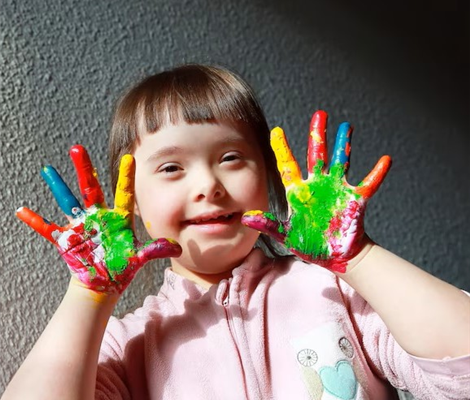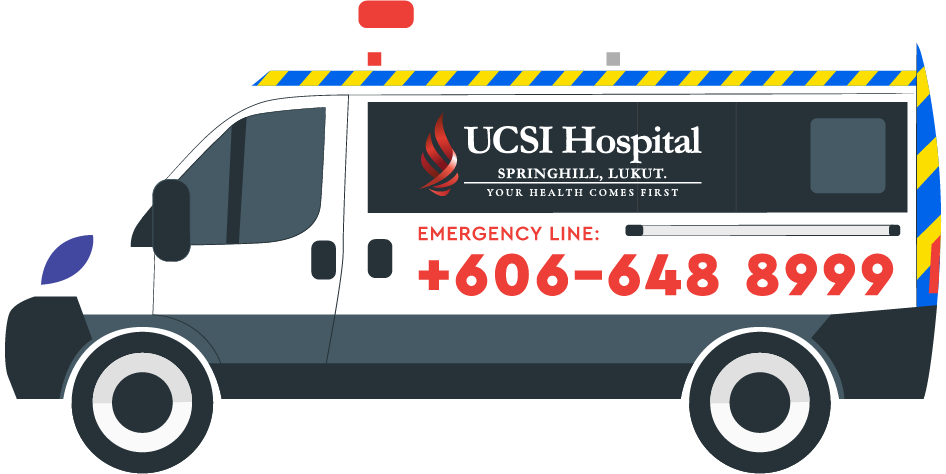
Down syndrome
Definition
Down syndrome is a genetic condition in which a person has 47 chromosomes instead of the usual 46.
Causes
In most cases, Down syndrome occurs when there is an extra copy of chromosome 21. This form of Down syndrome is called trisomy 21. The extra chromosome causes problems with the way the body and brain develop.
Down syndrome is one of the most common causes of birth defects.
· Poor judgment
· Short attention span
· Slow learning
As children with Down syndrome grow and become aware of their limitations, they may also feel frustration and anger.
Many different medical conditions are seen in people with Down syndrome, including:
· Birth defects involving the heart, such as an atrial septal defect or ventricular septal
defect
· Dementia
· Eye problems, such as cataracts (most children with Down syndrome need glasses)
· Early and massive vomiting, which may be a sign of a gastrointestinal blockage, such as esophageal atresia and duodenal atresia
· Hearing problems, probably caused by repeated ear infections
· Hip problems and risk of hip dislocation
· Long-term (chronic) constipation problems
· Sleep apnea (because the mouth, throat, and airway are narrowed in children with Down syndrome)
· Teeth that appear later than normal and in a location that may cause problems with chewing
· Underactive thyroid (hypothyroidism)
Physical characteristics
Children with Down syndrome have some of the following physical features:
- eyes that slant upward, from inner corner to outer corner
- small ears that may fold over slightly at the top
- a smaller-than-average mouth, and larger appearing tongue
- a smaller-than-average nose, with a flattened nasal bridge
- short, stocky arms and legs
- a wide space between the big toe and second toe
- short necks and small hands with short fingers
- one single crease that goes straight across the palm, and a second crease that curves down by the thumb, rather than three creases in the palm of the hand
- shorter-than-average height
- low muscle tone throughout the body and excessively loose joints
Tests
Your health care provider can often make a diagnosis of Down syndrome at birth based on how your baby looks. Your provider may hear a heart murmur when listening to your baby's chest with a stethoscope.
A blood test can be done to check for the extra chromosome and confirm the diagnosis.
Other tests that may be done include:
· Echocardiogram and electrocardiogram (ECG) to check for heart defects (usually done soon after birth)
· X-rays of the chest and gastrointestinal tract
People with Down syndrome need to be screened for certain medical conditions. They should have:
· An eye exam every year during infancy
· Hearing tests every 6 to 12 months, depending on age
· Dental exams every 6 months
· X-rays of the upper or cervical spine between ages 3 and 5 years
· Pap smears and pelvic exams beginning during puberty or by age 21
· Thyroid testing every 12 months
Treatment
There is no specific treatment for Down syndrome. If treatment is needed, it is usually for associated health problems. For example, a child born with a gastrointestinal blockage may need major surgery right after birth. Certain heart defects may also require surgery.
When breast-feeding, your baby should be well supported and fully awake. Your baby may have some leakage because of poor tongue control. But many infants with Down syndrome can successfully breastfeed.
Obesity can become a problem for older children and adults. Getting plenty of activity and avoiding high-calorie foods are important. Before beginning sports activities, your child's neck and hips should be examined.
Behavioral training can help people with Down syndrome and their families deal with the frustration, anger, and compulsive behavior that often occur. Parents and caregivers should learn to help a person with Down syndrome deal with frustration. At the same time, it is important to encourage independence.
If the person has any heart defects or other heart problems, antibiotics may need to be prescribed to prevent a heart infection called endocarditis.
Special education and training are offered in most communities for children with delays in mental development. Speech therapy may help improve language skills. Physical therapy may teach movement skills. Occupational therapy may help with feeding and performing tasks. Mental health care can help both parents and the child manage mood or behaviour problems. Special educators are also often needed.




UCSI Hospital Enquiry
We will revert to you asap
UCSI Hospital Enquiry
Hey there 👋
I'm here to help, so let me know what's up and I'll be happy to find a solution 🤓

